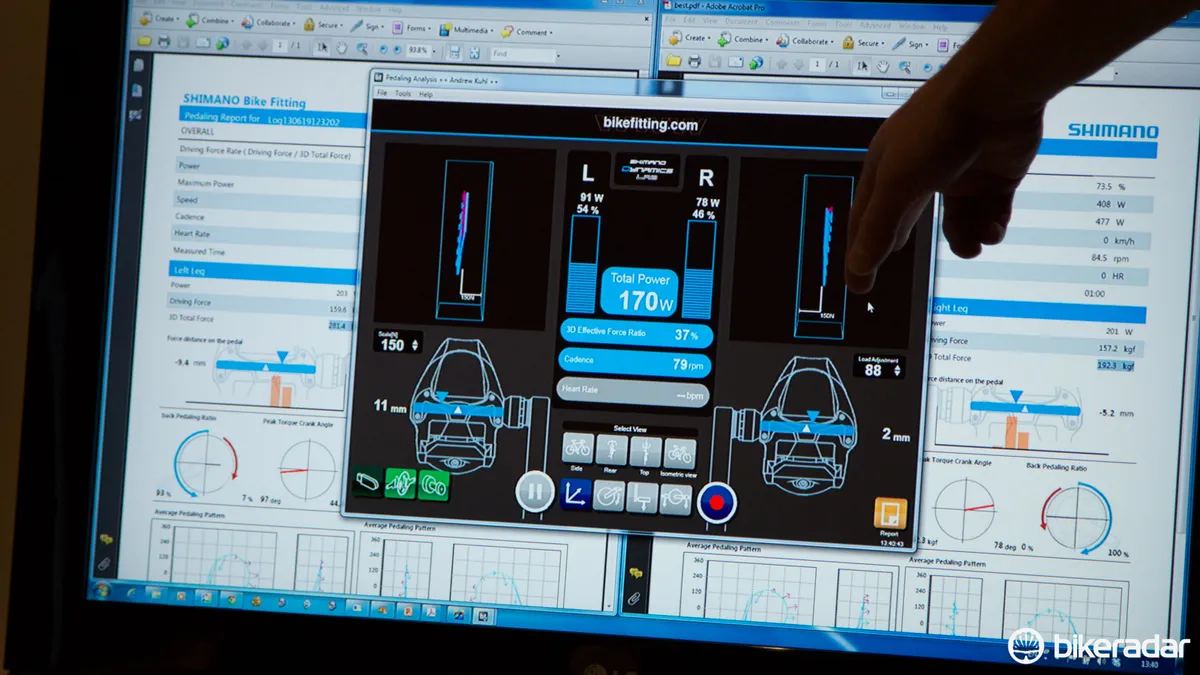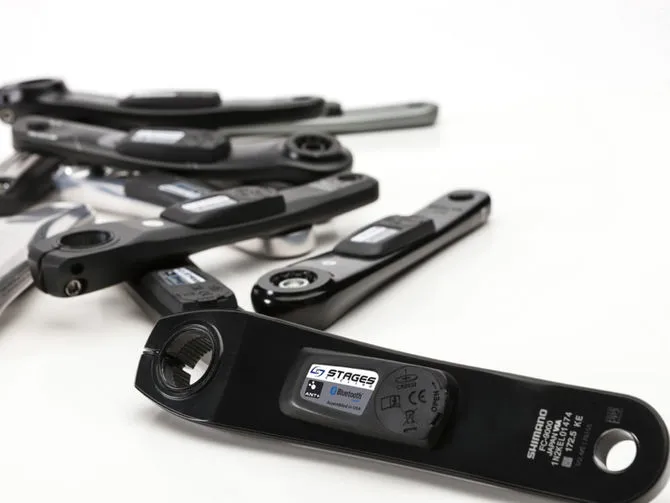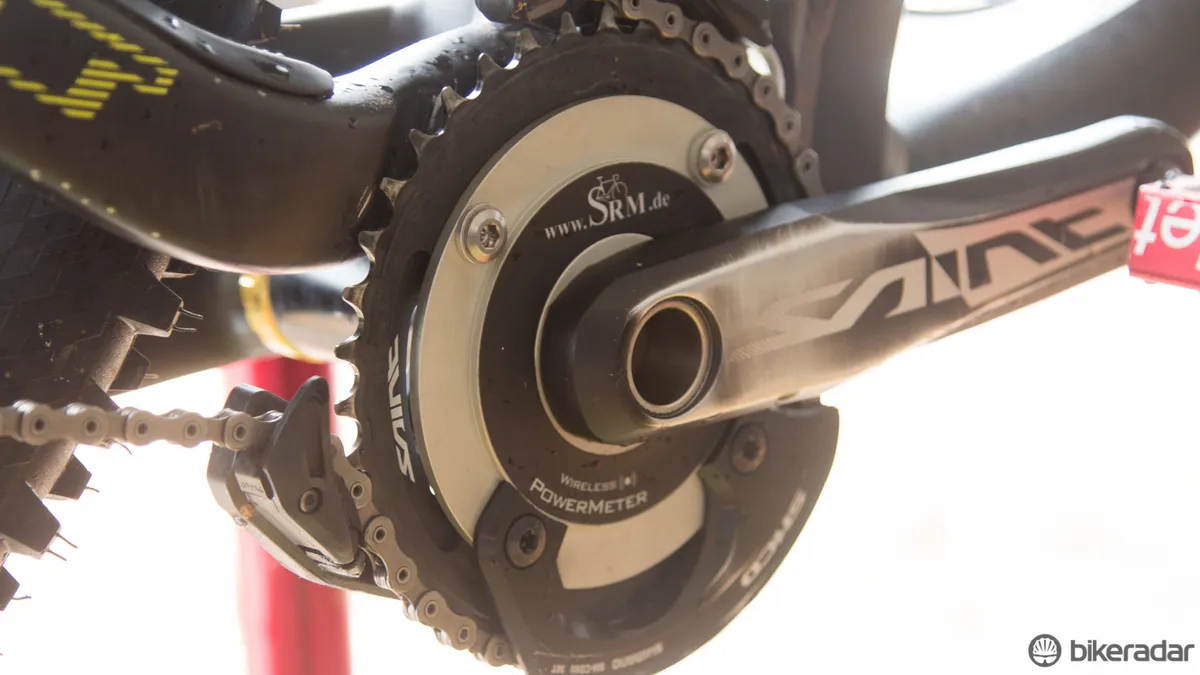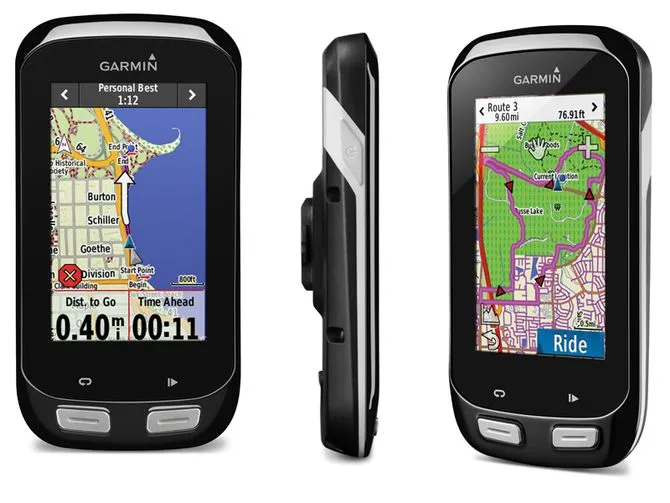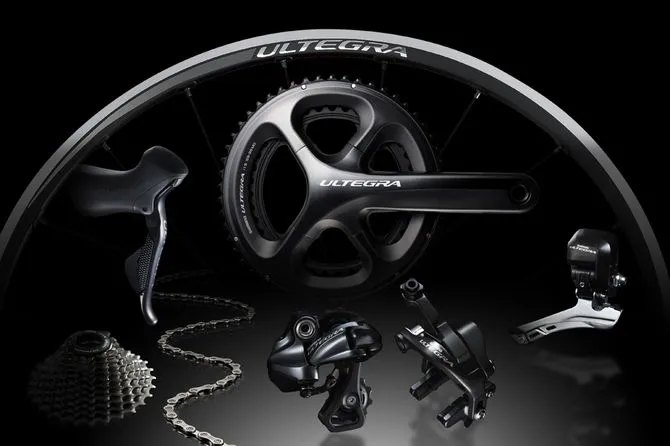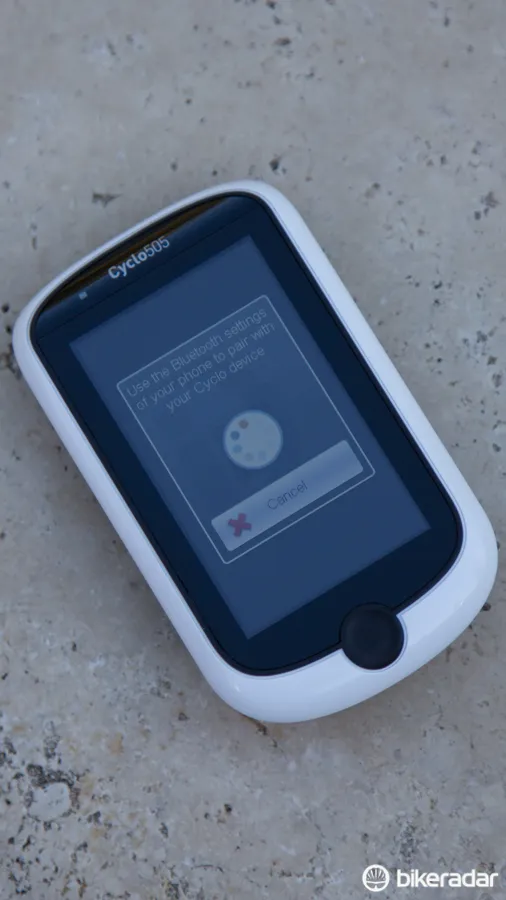Our bikes are forever becoming more electronically integrated. Items such as GPS cycle computers, power meters, electronic shifting and even electronic suspension are all available now, and are constantly becoming more affordable and attainable for the masses. These technologies are still in their infancy, so plenty of development undoubtedly remains to be seen. Find out what advancements we predict over the next three years.
The drivetrain
Wireless shifting: it isn’t a huge leap to think it is near. Wireless shifting could totally simplify bike setup, change frame construction and clean up a bike’s overall aesthetics. Wireless-specific frames could be made without gear cable ports or routing consideration, opening up a whole new era in frame design and construction techniques.
Power meter integration: there are more and more companies producing power meters, and at some point they will find a purpose for the technology that benefits everyone. (You might argue that this is already potentially the case, but not everyone is interested in self-improvement through numbers.) Whether it is for automated shifting or suspension settings, uses for power meters are bound to expand.

Control your gearing and link your shifting to the computer – but this is only the beginning
With computers such as Magellan’s Cyclo 500 series now offering third party connection to electronic Di2 group sets, it’s entirely possible we’ll see instructed shifting in the future. Based on power output and cadence, this could tell newer riders via the cycle computer or smart phone screen when best to shift and in what direction in order to maintain a desired cadence or power output.
Furthering this is sequential shifting – in which the derailleurs take control and automatically choose whether to shift on the front or rear based on gear selection. This would open up the option of just having a single shifter, but without the loss in gear range. While experienced riders and racers would likely hate the lack of control, it could simplify an often confusing aspect of cycling for many newer riders.
The suspension
We’ve already seen the likes of Magura’s smart suspension, which senses whether it’s on an uphill or downhill slope and changes the damping settings to suit, but the next level could be GPS-based suspension.
Using a GPS bike computer – or a mobile phone – this could communicate with the suspension to lock for extended climbs, open for descents and even be programmed to lock in certain areas of a lap course, every lap. With Fox’s ICD suspension already available, and using much of Shimano’s Di2 technology, the capability is already there. This could be further linked with an electronic height-adjustable seat post, lowering the post based on mapped elevation and slope.

You will only see this RockShox E.I system on Lapierre, Ghost and Haibike. This technology is in its infancy
Another possibility is the integration of power meters into damping control. RockShox in conjunction with Lapierre and Ghost already offer some high-tech electronics to control suspension performance, but power-based control could add another dimension. Hard sprints could automatically lead to a firmer setting compared with high-cadence, soft pedalling.
The computer
In the short term, we expect to see improvements on the integration of call and message alerts on computers, such as the new Garmin Edge 1000 and Magellan Cyclo 500 computers. An example is that your GPS could decide whether to alert a call or message based on your current speed. If the computer deems it unsafe, it could decline the call and save the alert for once you’ve slowed or stopped.
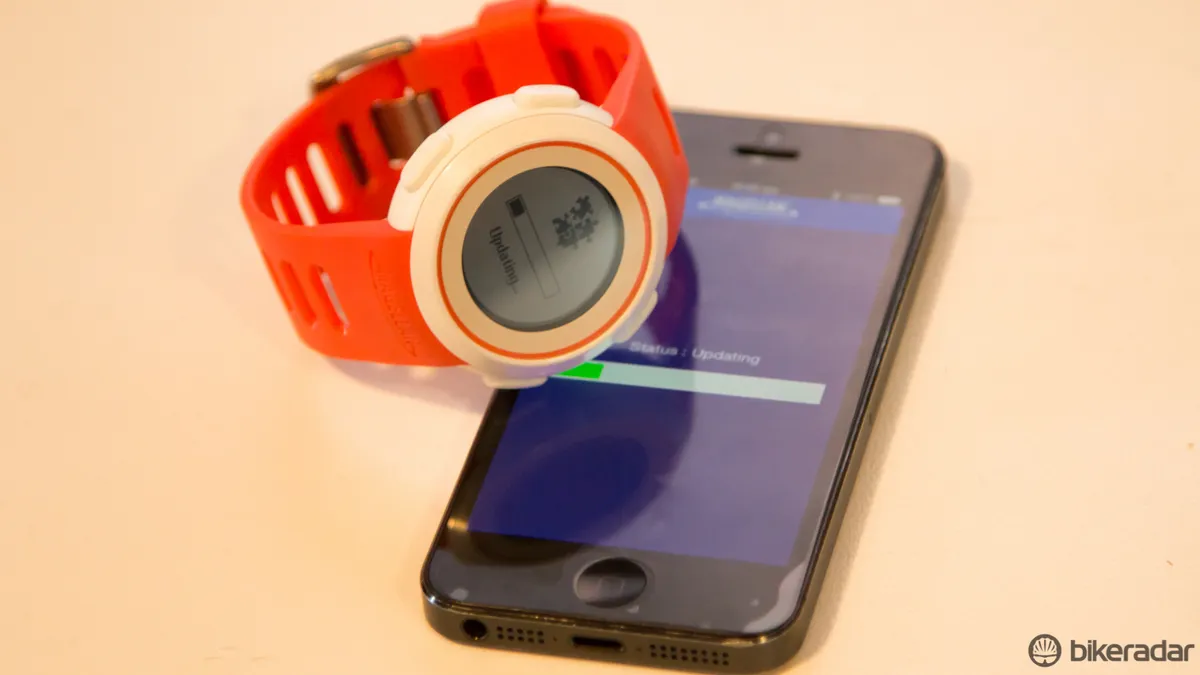
The Magellan Echo is little more than a duplicating screen and control for your smartphone
Many of the previously mentioned predications could be quickly implemented with the right computer software. As we recently saw with the Magellan Cyclo 500’s firmware updates, these computers are only limited by the developments in the software.
Additionally, most of the predications mentioned above will need some form of computer or smartphone to double as the brain. Smartphones are forever becoming lighter, more rugged, and more multi-purpose and, for many, it’s becoming harder to justify that usage-specific Garmin or similar.
Expect to see even greater smartphone integration into cycling products. The likes of the ICEdot crash sensor and Wahoo’s RFLKT computer are current examples, but future developments such as Google Glass could have a massive impact on this market.
